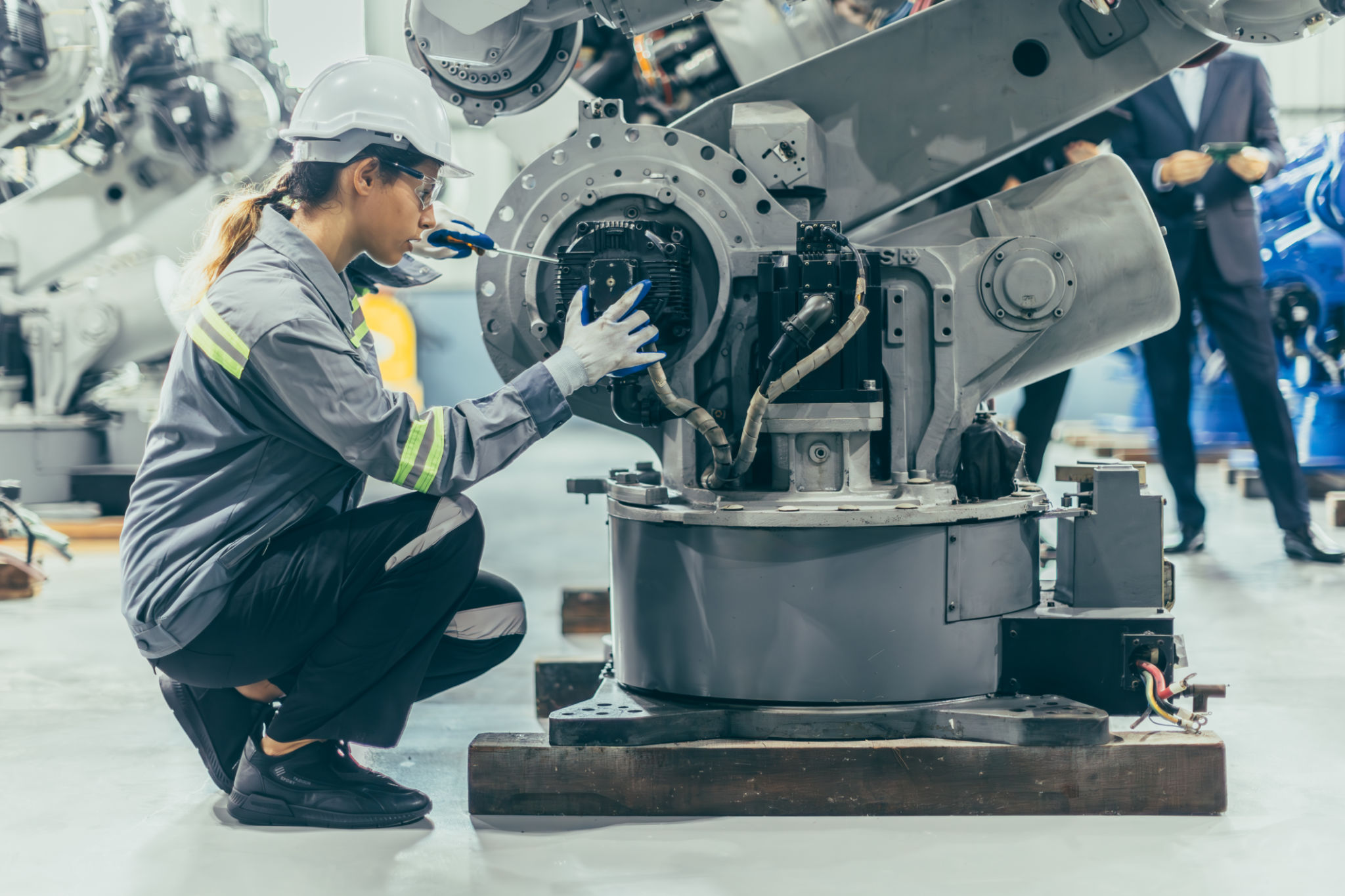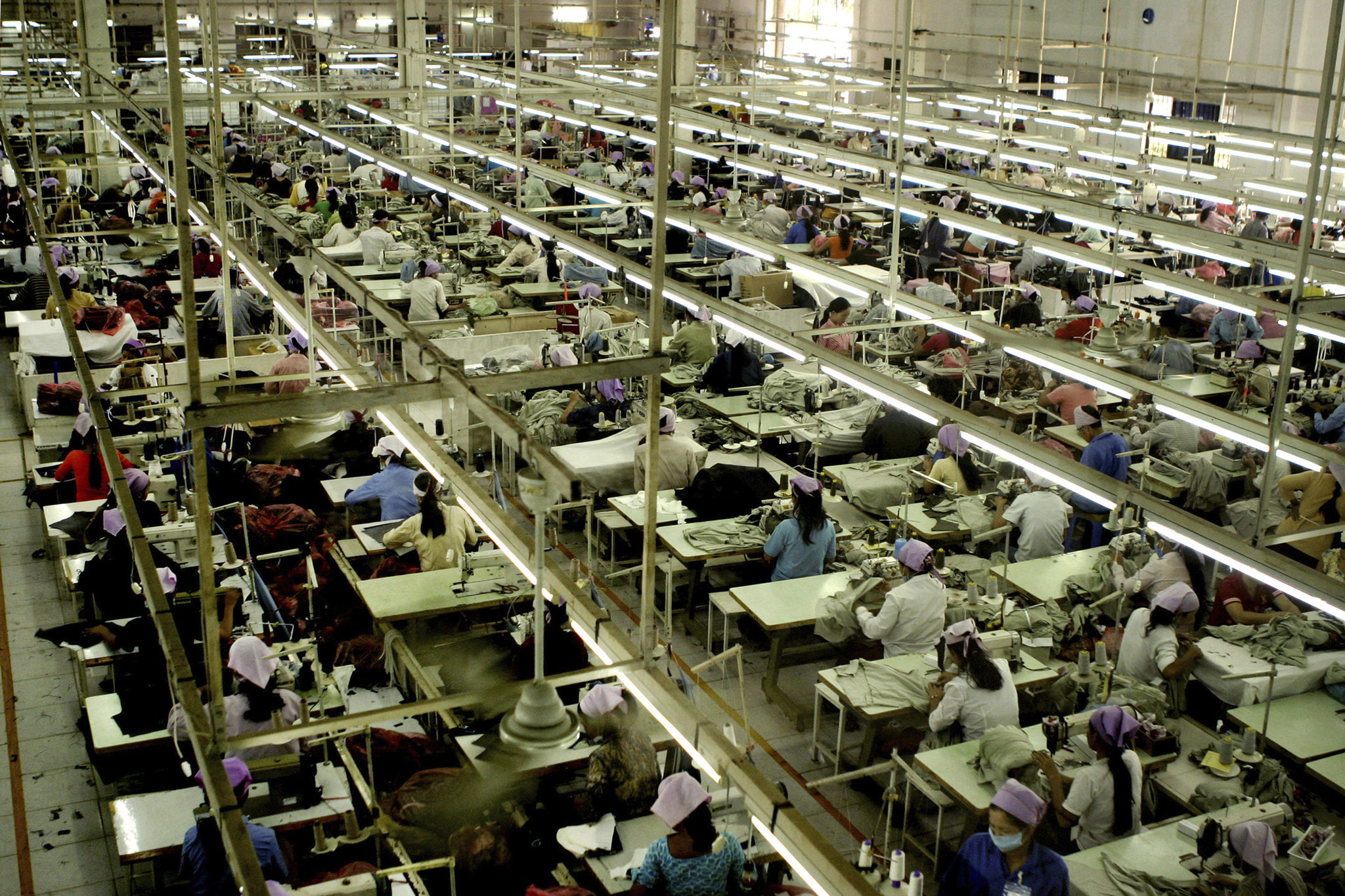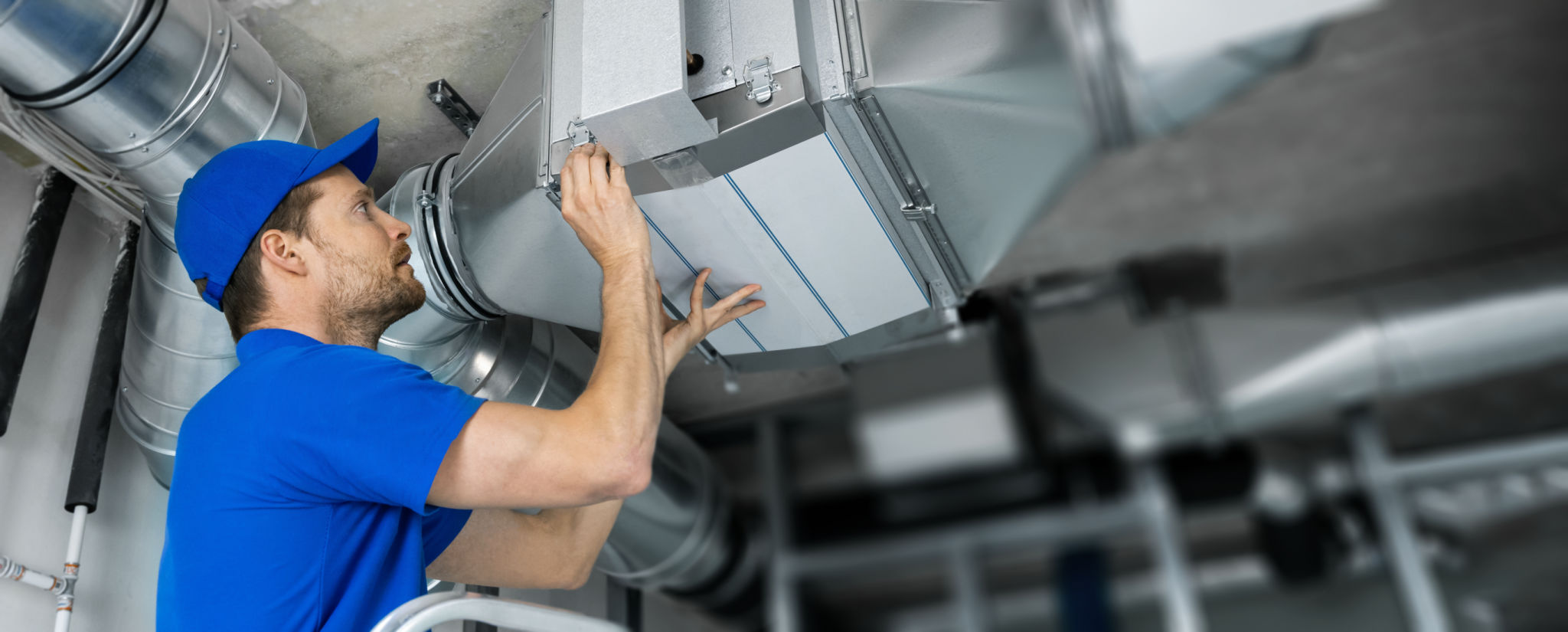The Impact of Local Climate on Garment Machinery: What Manufacturers Should Know
Understanding the Local Climate's Role in Garment Machinery
When it comes to garment manufacturing, the local climate can significantly influence the performance and longevity of machinery. Manufacturers should be aware of the environmental conditions that can affect their equipment to ensure smooth operations and high-quality outputs. Understanding these factors can be the difference between seamless production and unexpected downtimes.

Temperature Variations and Their Effects
The temperature of the environment where garment machinery operates is crucial. Extreme temperatures—either hot or cold—can cause a variety of issues. High temperatures can lead to overheating, affecting the machine's performance and potentially causing breakdowns. Conversely, extremely cold temperatures can result in stiffness of moving parts, impacting efficiency and increasing wear and tear.
To mitigate these effects, manufacturers can implement temperature control systems, such as HVAC installations, to maintain an optimal environment for their machinery. Regular maintenance checks for temperature-sensitive components can also help in prolonging equipment life.
Humidity: An Invisible Adversary
Humidity levels play a critical role in the garment industry, particularly in the functioning of garment machinery. High humidity can cause rust and corrosion on metal parts, leading to increased maintenance costs and a reduction in machine life. Additionally, moisture can affect the quality of fabric materials, causing them to shrink or warp during production.

Manufacturers should consider installing dehumidifiers or humidity control systems within their facilities. Regularly inspecting machinery for signs of corrosion and implementing preventive measures can also help safeguard against humidity-related issues.
The Impact of Dust and Air Quality
Dust and poor air quality can have detrimental effects on garment machinery. Dust particles can infiltrate machine components, causing blockages and increased friction, which leads to inefficiencies and potential breakdowns. Moreover, poor air quality can affect the health of employees, leading to decreased productivity.
To combat these issues, manufacturers should invest in proper ventilation systems and regular cleaning schedules to ensure that their facilities are free from excessive dust accumulation. Implementing air purification systems can also maintain a healthier working environment.

Seasonal Changes and Their Influence
Seasonal changes bring about fluctuations in temperature and humidity, which can impact garment machinery. For instance, during rainy seasons, increased moisture levels can pose challenges similar to those caused by high humidity. On the other hand, dry seasons can lead to static electricity build-up, potentially damaging electronic components.
Manufacturers should plan for these seasonal variations by scheduling routine checks and adjustments to their maintenance strategies accordingly. Keeping a close eye on weather forecasts and preparing for anticipated changes can lead to more efficient operations.
Practical Strategies for Manufacturers
To effectively manage the impact of local climate on garment machinery, manufacturers should consider the following strategies:
- Invest in climate control technologies such as HVAC and dehumidifiers.
- Implement regular maintenance schedules tailored to seasonal changes.
- Train staff to recognize early signs of climate-related wear and tear.
- Ensure adequate ventilation and air purification systems are in place.
By understanding the influence of local climate on their machinery, garment manufacturers can take proactive steps to minimize risks, reduce downtime, and maintain high production quality. Addressing these environmental factors not only extends the life of machinery but also contributes to more sustainable manufacturing practices.
